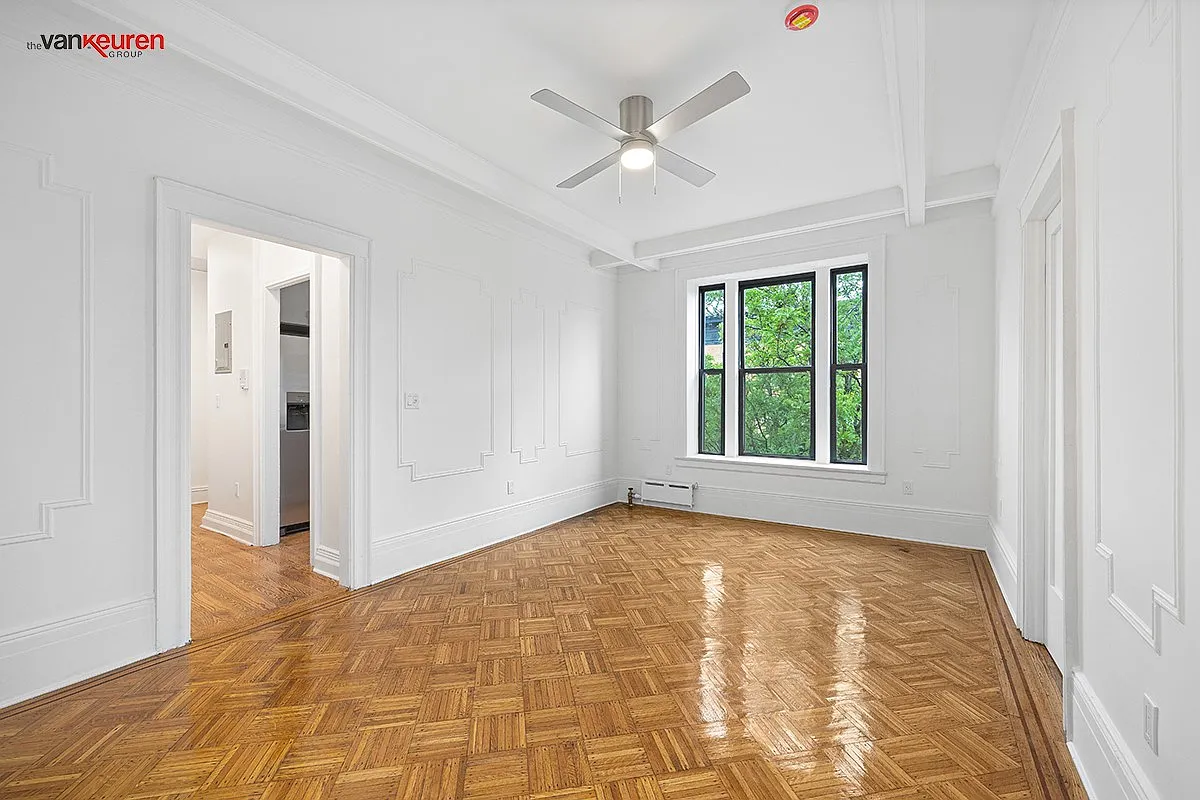Inside Third & Bond: Week 107
This week the folks from Hudson talk blowers. Last Friday we had our first blower door test at Third + Bond. There was a small crowd of us at the event because it’s a pretty cool process and because even though the testing seems incredibly valuable, we’ve never done this before not once in 3,500…


This week the folks from Hudson talk blowers.
Last Friday we had our first blower door test at Third + Bond. There was a small crowd of us at the event because it’s a pretty cool process and because even though the testing seems incredibly valuable, we’ve never done this before not once in 3,500 units. How did the test go? Well, let’s just say that we thought about hiding the report card. Average or slightly above average does not cut it when you’re shooting for LEED-Gold and Energy Star. We really need straight A’s. Fortunately, this was just the PSAT. Now we know what we still need to study.
The purpose of the blower door test is to find out whether we sufficiently air sealed the building and diagnose the problem spots. Remember, the thesis of high performance buildings is that a tight building envelope with mechanical ventilation limits wasteful loss of energy. Unlike the convention of letting the tiny cracks and spaces in a building ventilate the space, today’s leading framework is to seal it tight, ventilate right or if you prefer build it right, seal it tight.
Aside from the energy savings that come with a tight building…
…air sealing between units means less of a chance that smells from one unit will escape into adjacent units. If your neighbor smokes or has a special preference for tuna fish sandwiches, you shouldn’t have to smell it in your bedroom. Air sealing is also important in the case of real danger such as an uncontrolled fire.
The blower door test consists of putting a fan in an entrance to a residential unit, making sure all of the windows are closed and the systems are otherwise in their normal operating states, and then using the force of the fan to create a small pressure difference inside and outside of the unit. This pressure difference forces air though any of the spaces in the unit and building’s envelope. The tighter the building, the less air the fan needs to blow in order to change the pressure. While you can blow the air in or out, we blew it out. Our test mimicked 21 mph of wind forced on the exterior of the unit.
Our energy auditor from Steven Winter Associates, Robert Gardella, conducted the test. Bless his heart, he started our test with one ring in the fan a sign of his faith in us. The fan has three states: ring-less (need a lot of air to change the pressure), one ring (need some air to change the pressure), two rings (barely need any air to change the pressure good job). After consulting his pressure-sensing device, he shook his head and took out that ring. Yikes.
So, we knew right away that the foam sealing that we had done was not enough. But what did we need to work on? Robert brought a tube of chemical smoke to sleuth out the trouble spots. We found that the foam sealing we did along the baseboard was impeccable. We also found that the electrical outlets were leaky. With the force of the fan, it was possible to feel the gust through the electrical outlets and the chemical smoke flew back like jet plane exhaust. We did a poor job of sealing the metal electrical boxes that encase the outlets inside the wall. For all of our unfinished units, we need to smear mastic over the seams in the boxes. For units that have sheetrock, we’ll need to buy a foam gasket to lessen the air sneaking through. We also found that the A/C closet leaks a tremendous amount. So we plan on weather stripping the door.
There were a couple of other obvious things that will be fixed in the course of punch listing putting in the right hardware in a secondary egress and weather-stripping the door, completing the drywall in a closet, having the drains connect to the sanitary system instead of trailing off into the air.
While we were a little surprised that we didn’t at least score a B+, we are confident that we can get an A for the final exam. It will take a bit more effort, probably some grumbling from the subcontractors, some education, and maybe some doughnuts, but we can get there. We knew doing a green building would have a learning curve, but nothing we couldn’t handle.
(Pictured above, left to right: Eugene Colberg of Rogers Marvel Architects, Robert Gardella of Steven Winter Associates, and Yigit Unlu of The Kiska Group.)
Inside Third & Bond: Weeks 1-106 [Brownstoner]
The complete offering terms are in an Offering Plan available from Sponsor. File No. CD080490. Sponsor: Hudson Third LLC, 826 Broadway, New York, NY 10003.





What's Your Take? Leave a Comment